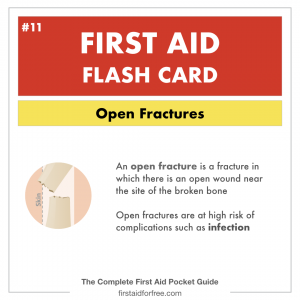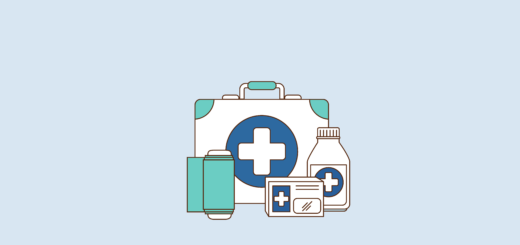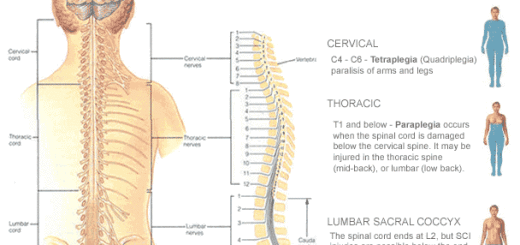First Aid for a Broken Bone
Broken bones, or fractures, are common injuries amongst children and adults. A fracture occurs when excessive force is applied to a bone resulting in a break. Let’s look at the main types of fracture you might encounter.
A closed fracture occurs when the bone is broken but does not cause a break in the skin. The majority of fractures are closed. If the bone does break through the skin, this is known as an open fracture.
Open fractures are more serious as there is a significant risk of infection in the exposed bone. Open fractures can be missed as the bone may not always be easily visible in the wound. Any wound overlying a fracture should be suspected to be caused by an open fracture.
Complicated fractures occur when the broken bone damages blood vessels or nerves near the fracture site. These fractures require urgent specialist medical treatment in order to reduce the risk of long-term complications such as permanent nerve damage.
Signs and Symptoms of a Broken Bone
- Pain
- Loss of movement
- Angulation of the limb
- Swelling
- Tenderness
- Irregularity
- Crepitus (a cracking or grating sound)
These signs and symptoms can be remembered by using the acronym PLASTIC. It is easier to assess for angulation or irregularity in a limb by comparing the suspected fracture to the other unaffected limb.
First Aid Treatment for a Broken Bone
- Treat any severe bleeding
- Stabilize the injury to prevent movement of the fracture
- If the fracture is open, apply a sterile dressing over the wound
- Check for signs of circulation beyond the fracture
- Seek medical assistance or active EMS
A complicated fracture may damage the circulation to a limb. This is an emergency and could lead to permanent paralysis, or at worst, require amputation. Signs and symptoms of compromised circulation include the limb turning pale, blue or cold.







Very educative .